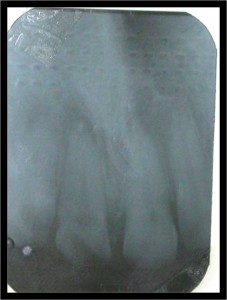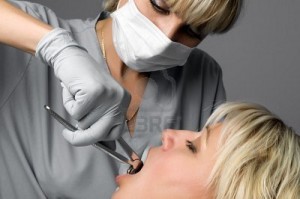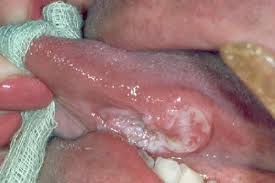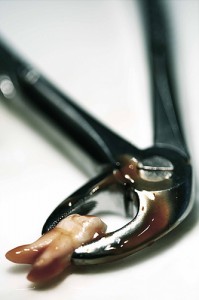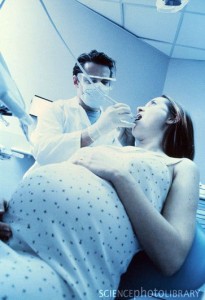A thyroglossal cyst is a fibrous cyst that forms from a persistent thyroglossal duct.
Presentation
It usually presents as a midline neck lump (in the region of the hyoid bone) that is usually painless, smooth and cystic, if infected pain can occur. There may be difficulty breathing, dysphagia (difficulty swallowing), and/or dyspepsia (discomfort in the upper abdomen), especially if the lump becomes large. Continue reading
